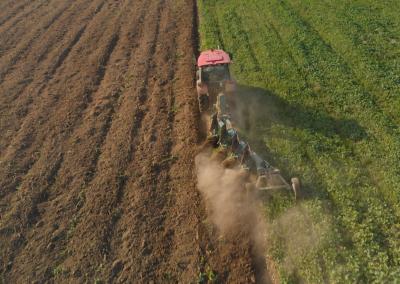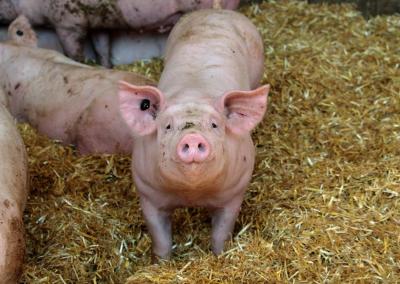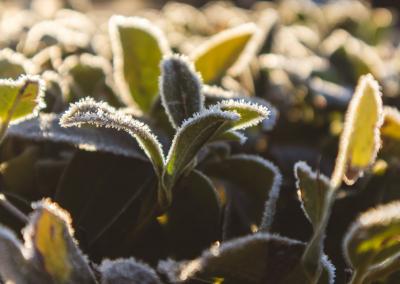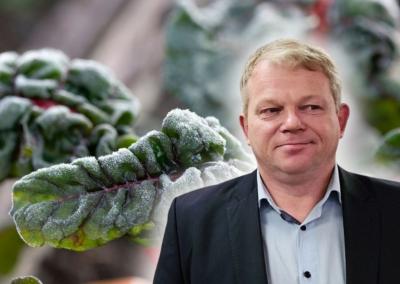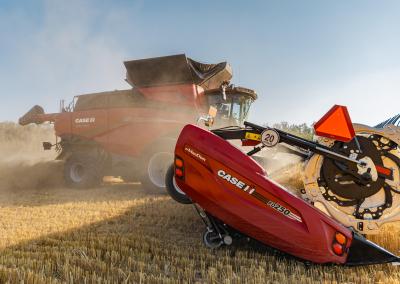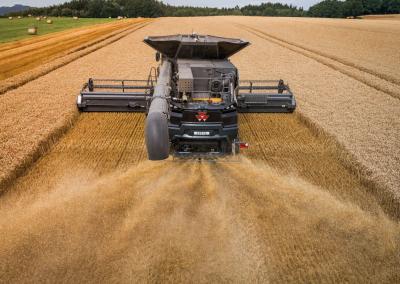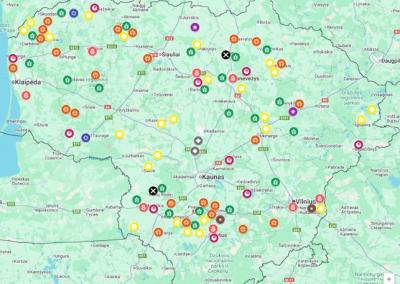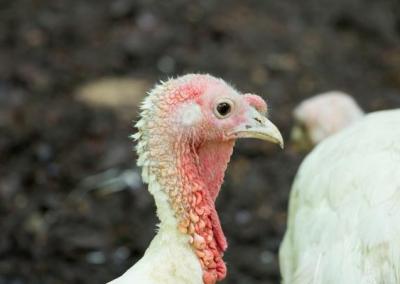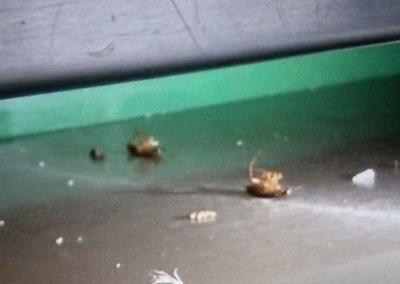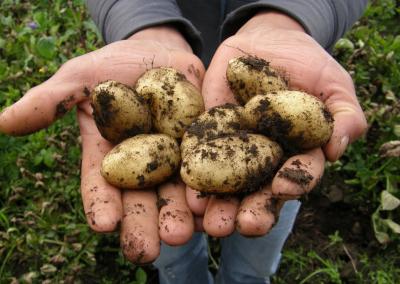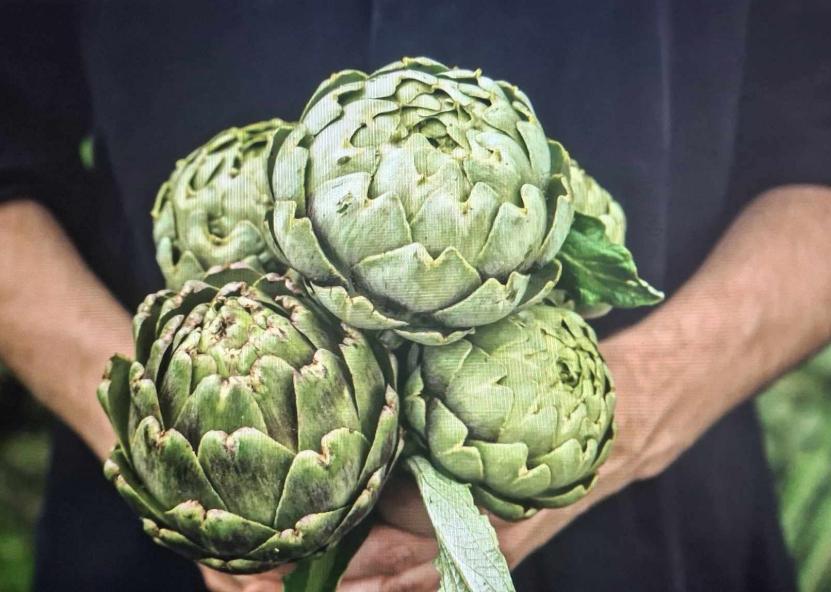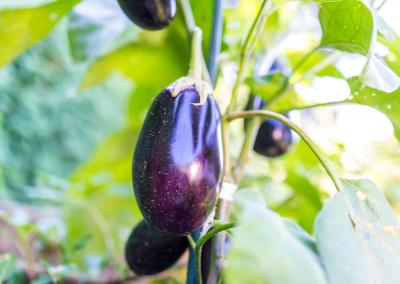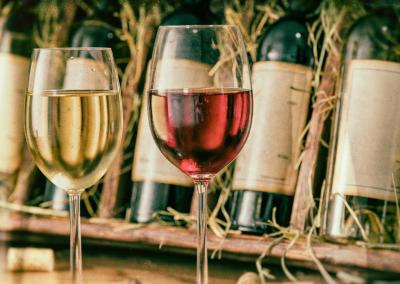Artichoke lovers in France are declining
Artichokes, once the delight of the French aristocracy, are now in decline. In France, artichokes are grown in two main regions, but have recently faced competition from other countries.
The word 'artichoke' comes from the Arabic 'ardi chawke', which literally means 'thorn of the ground'. According to historical sources, Catherine de' Medici, an Italian noblewoman and Queen of France (1547–1559, former wife of Henry II), was instrumental in popularising the artichoke in France, as she was a lover of the vegetable.
Today, however, artichoke consumption and the area under artichoke cultivation in France are declining.A recent study has shown that artichokes are more commonly consumed by people aged 60 years and over – some argue that it is this age group that is able to appreciate the good taste of food, while young people find artichokes less appealing. Moreover, consumption needs vary considerably between European Union countries: in Italy, the average per capita consumption of artichokes is 8 kg per year, while in France it is only 800 grams.
Worldwide production of artichokes is 1.6 million tonnes per year and the European Union (27 countries) accounts for 40% of this production, mainly in the Mediterranean countries. Italy (Puglia, Sicily, Sardinia) and Spain are the world's main producers of artichokes, with Egypt – the leading country in this field.In France, in 2023, 4097 hectares were planted with artichokes and production reached 23 331 tonnes.
France imports an average of 15 000 tonnes of artichokes each year. Due to the intense competition from foreign producers, farmers' associations are encouraging consumers to opt for local artichokes in order to contribute to the country's agricultural development.
Health benefits of artichoke
Although the artichoke looks like a vegetable, it is actually a flower – a perennial plant in the aster family, resembling a thistle. It is eaten before flowering. The food can include small young buds (which can be eaten unprepared or semi-prepared), medium-sized buds (which are usually preserved with olive oil or sea water) and large mature buds. The latter are cooked or fried for longer. Artichoke buds that have burst open, i.e. flowered, should not be eaten.
The artichoke is a very useful plant. It is high in carbohydrates, vitamin A, C and B vitamins and very low in fat. It is a rich source of iron, which improves appetite and is very good for the liver and kidneys. Artichokes are eaten as a remedy for atherosclerosis and their green buds lower blood cholesterol levels.
How to choose an artichoke
A good quality and healthy artichoke should be unblemished, with a nice smooth colour, no blemishes, and a small amount of fuzz on the surface. A fresh artichoke should squeak when picked up and slightly pressed. Do not refrigerate the artichoke for more than a week after bringing it home. To keep it fresh for longer, the buds can be sprayed with water (never rinse them under a running stream of water), placed in a bag, tied and kept cool.

